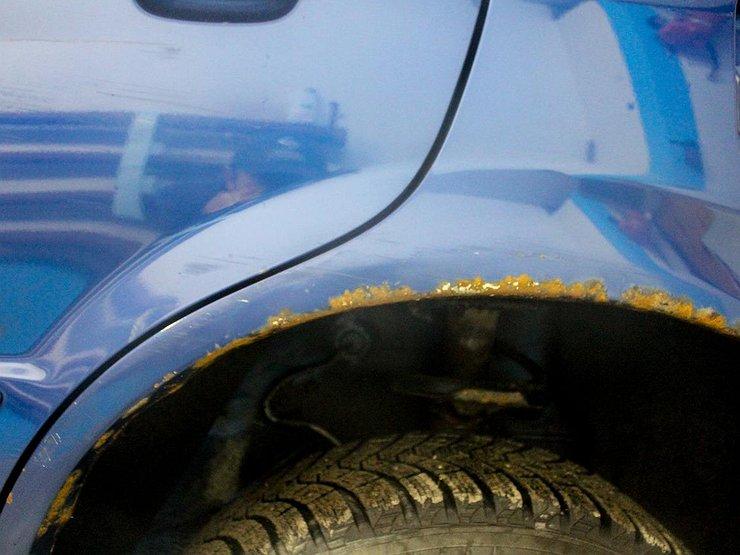
Socialist heroes: the first Skoda Octavia
From Soviet and American bombs to the most successful export of communist Czechoslovakia
Until the Second World War, Czechoslovakia had one of the most developed automotive industries in the world - with an abundance of manufacturers, models and an enviable wealth of its own technological and design solutions.
Of course, there were cardinal changes after the war. First, in April and May 1945, Allied bombers practically destroyed the Skoda factories in Pilsen and Mlada Boleslav.
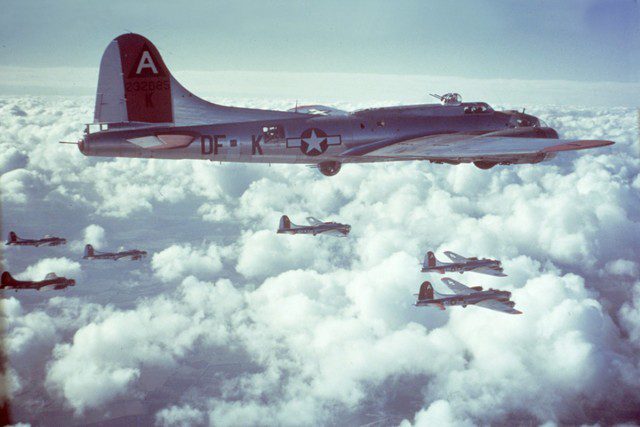
This file photo shows the US 324th Bomber Squadron on its way to its last mission of the war, the bombing of the Skoda factory in Pilsen.
Although at that time they produced military equipment for the Germans, these two plants have remained in operation until now, as they are dangerously close to populated areas and the risk of civilian casualties is high. In the spring of 1945, the war was coming to an end, and it was clear that the products of the two factories would not be able to reach the front. The decision to attack Pilsen on April 25 is political in nature - so that vehicles and equipment do not fall into the hands of Soviet troops. Only six factory workers were killed in Pilsen, but mistakenly dropped bombs destroyed 335 houses and killed 67 more civilians.
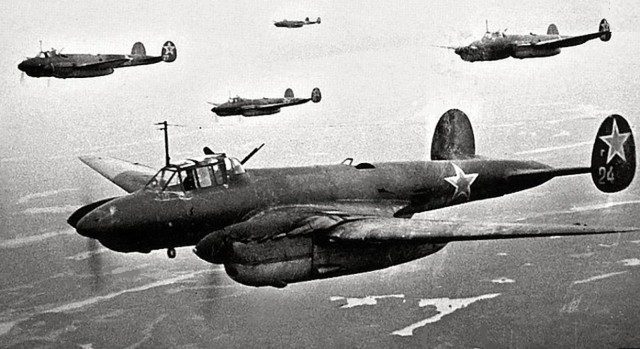
The plant in Mladá Boleslav was bombed by the Soviet Petlyakov Pe-2, almost a day after the end of the war.
Even more controversial is the bombing of Mlada Boleslav carried out by the Soviet Air Force on May 9 - almost a day after the surrender of Germany. The city is an important transportation hub and many German soldiers have gathered here. The justification for the attack is non-compliance with the terms of surrender. 500 people died, 150 of them were Czech civilians, the Skoda factory collapsed.

This is how the plant in Mlada Boleslav looked after the Soviet bombs. Photo from the Czech State Archives.
Despite the damage, Skoda quickly managed to resume production by assembling the pre-war Popular 995. And in 1947, when the production of the Moskvich-400 (practically the Opel Kadett of the 1938 model) began in the USSR, the Czechs were ready to respond with their first post-war model - the Skoda 1101 Tudor.
In fact, this is not an entirely new model, but just a modernized car from the 30s. It is driven by a 1.1-liter engine with 32 horsepower (for comparison, a Muscovite's engine produces only 23 horsepower at the same volume).
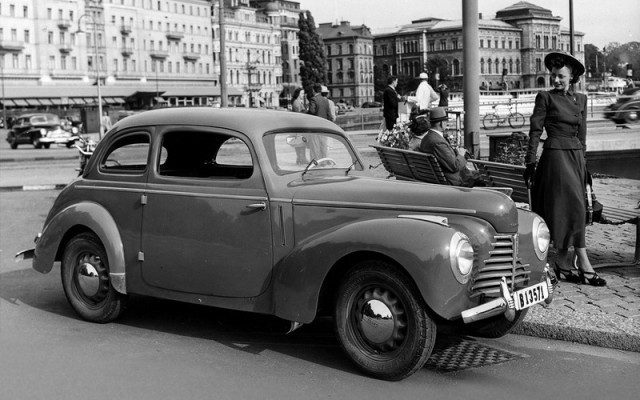
1101 Tudor - the first post-war Skoda model
The most significant change in the Tudor is in the design - still with protruding wings, not a pontoon design, but still much more modern than the pre-war models.
Tudor is not quite a mass model: raw materials are in short supply, and in the already socialist Czechoslovakia (after 1948), an ordinary citizen cannot even dream of his own car. In 1952, for example, only 53 private cars were registered. Part of the production goes to the army from government and party officials, but the lion's share - up to 90% - is exported to provide the state with convertible currency. That's why the Skoda 1101-1102 has so many modifications: a convertible, a three-door station wagon and even a roadster.
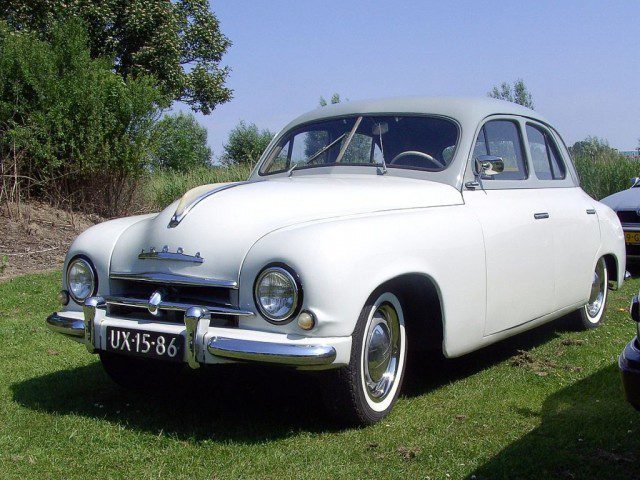
Skoda 1200. Ordinary Czechoslovak citizens cannot buy it, even if they have the means.
In 1952, the Skoda 1200 was added to the lineup - the first model with an all-metal body, while Tudor had it partially wooden. The engine already produces 36 horsepower, and in the Skoda 1201 - as much as 45 horses. Versions of the 1202 station wagon produced in Vrahlabi are exported to the entire socialist camp, including Bulgaria, as an ambulance. No one in the Eastern Bloc has produced this type of vehicle yet.
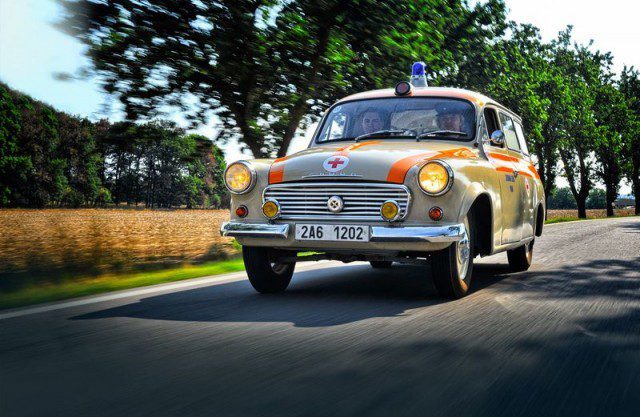
Skoda 1202 Combi as an ambulance. They are also imported into Bulgaria, although we could not find data on exact figures. Some of them still served in district hospitals in the 80s.
In the second half of the 50s, after the collapse of Stalinism and the cult of personality, a noticeable rise began in Czechoslovakia, both spiritual and industrial. Its bright reflection in Skoda is the new model 440. It was originally called Spartak, but then abandoned the name. – not seem too revolutionary to potential buyers in the West. The first series is powered by the familiar 1.1-horsepower 40-liter engine, followed by the 445 1.2-liter 45-horsepower variant. This is the first car to be called the Skoda Octavia.
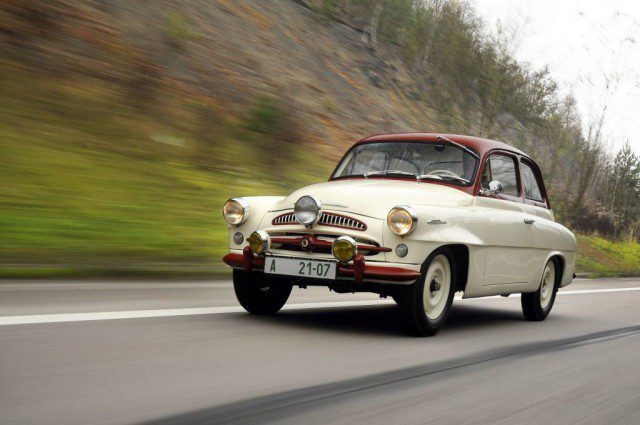
Skoda 440 Spartak. However, the name of the Thracian gladiator was soon deleted so that the buyers behind the “Iron Curtain” would not find it too “communist”. CSFR Desperate For Convertible Currency
Again, the export-oriented Czechs offer a variety of forms - there's a sedan, there's a three-door station wagon, there's even an elegant soft-top and hard-top roadster called the Felicia. They too are sporting twin-carb versions - the 1.1-litre engine puts out 50 horsepower, while the 1.2-litre makes 55. Top speed jumps to 125 km/h - a good indicator of the era for such a small displacement.
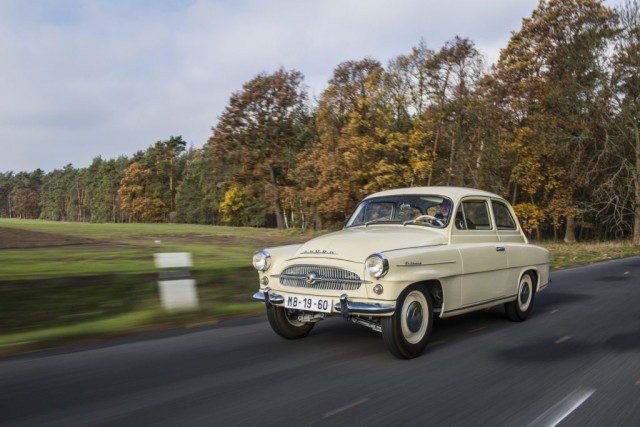
Skoda Octavia, 1955 release
In the early 60s, the plant in Mladá Boleslav was completely reconstructed and began producing a completely new model with a rear engine - Skoda 1000 MB (from Mlada Boleslav, although в In Bulgarian automotive folklore, it is also known as "1000 Whites".). But the rear engine and station wagon is not a very good combination, so the production of the old Skoda Octavia Combi continued until the early 70s.
